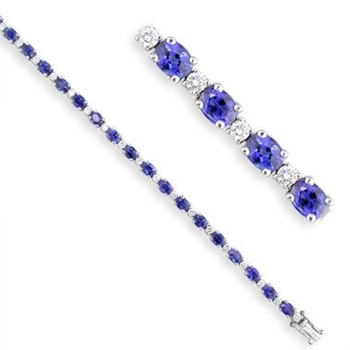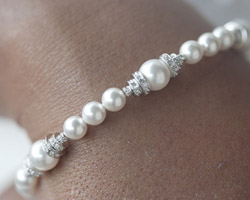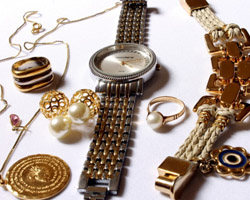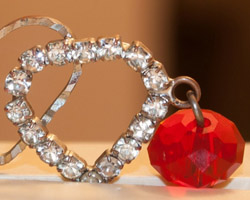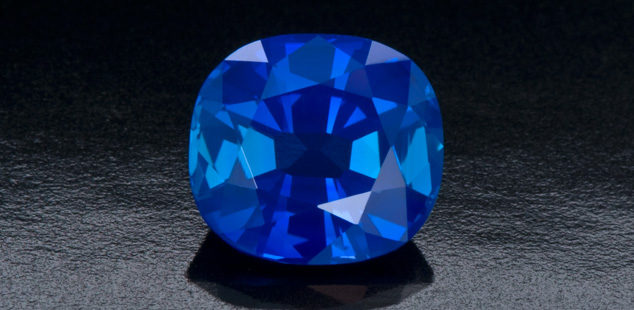
Sapphire Shopping Guide – Jewelry
The Schwanke-Kasten Jewelers sapphire shopping guide will help you easily navigate what to look for when purchasing sapphire jewelry. In fact, Human civilization has long loved sapphires for their beautifully unique characteristics and storied past. Jewelers and the American Gem Institute recommend sapphire jewelry for September birthdays and 5th or 45th wedding anniversary.
Sapphire Shopping Guide
Color
Like nearly all gemstones, including diamonds, sapphires are described using the “4 C’s” – color, clarity, cut and carat weight. While sapphires can fall into any spectrum of color, except red, they traditionally show up in hues of deep blue. With sapphires, color is the upmost important characteristic when determining the value of the stone. When looking at the classic blue sapphire, you want to look for a deep “velvety” blue with medium to dark tones. However, it’s quite possible you may come across the fancy color sapphires when looking at other gemstones, which appear as “padparadscha, pink and purple, orange and yellow, green, colorless and black” (GIA).
As you recall, we mentioned that a sapphire is one of two gemstones in the corundum family of minerals; the other gemstone is the ruby. When geologists shined a light on a corundum gemstone, they noticed a “star effect” will appear. Should you come across a sapphire with this special trait, the value of the stone is likely to increase as well.
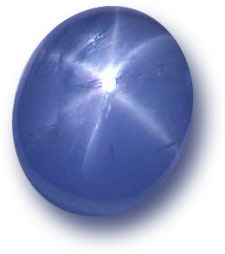
Clarity
The next characteristic determining value and durability of sapphire is clarity, in other words, the absence of inclusions. Gemologists have determined that sapphires ranked 9 out of 10 on Mohs’ Scale of Mineral Hardness. However, if inclusions are present, geologist worry about the stone’s strength, durability, and value. However, it’s important to note, some inclusions, like the ones that create the rare star effect, will increase the value of the sapphire.
Cut
Unlike diamonds, gemologist do not have an ideal cut for sapphire jewelry. Geologist have discovered such a broad variety of sapphire colors, each having its own unique properties. What is important, is that the cut displays the color of the gemstone to its best ability while enhancing the luster and brilliance. Often, gemstones exhibiting a lighter tone of color will be cut deeper to add dimension and intensity to the color. While a sapphire of a very dark color is likely to be cut shallower to allow more light in, thus softening and brightening the color. Regardless of the shape of the sapphire, the edges should be symmetrical and even. The facets on the top of the gem, the “crown”, should be even in size, shape, and location. The largest facet on the top of the crown, known as the table, will be symmetrical in shape and well-centered.
Carat Weight
Carat weight, as opposed to size, will determine a sapphire’s value. However, gemologist use sapphires millimeter size to select and set sapphire jewelry. Since there is such variety in color and cuts, sapphires tend to be heavier (dense); and a one carat sapphire is generally slightly smaller in size than a one-carat diamond.
We hop you enjoyed the Sapphire Shopping Guide by Schwanke-Kasten Jewelers. Aside from celebrating a September birthday or a particular anniversary, sapphires are a great alternative to diamonds for their durability, beauty and make wonderful gifts for any occasion. Shop online or stop by Schwanke-Kasten Jewelers to see our great collection of sapphire jewelry.
